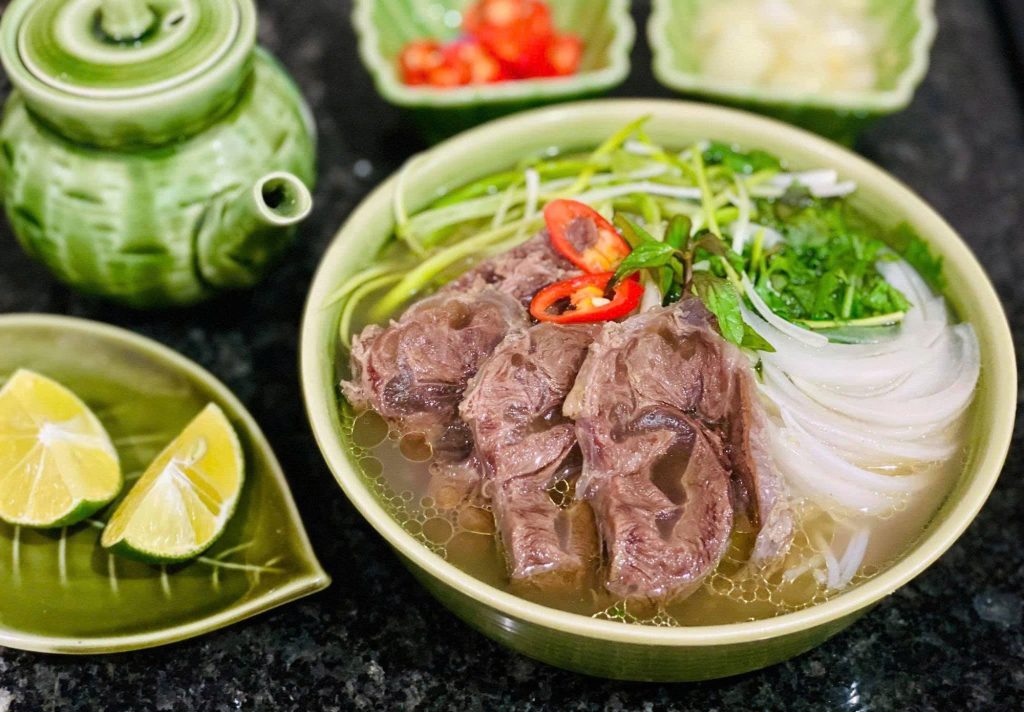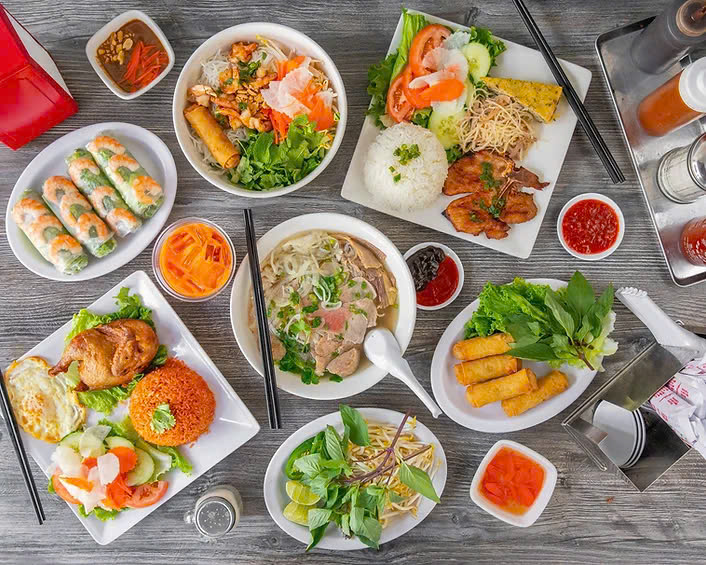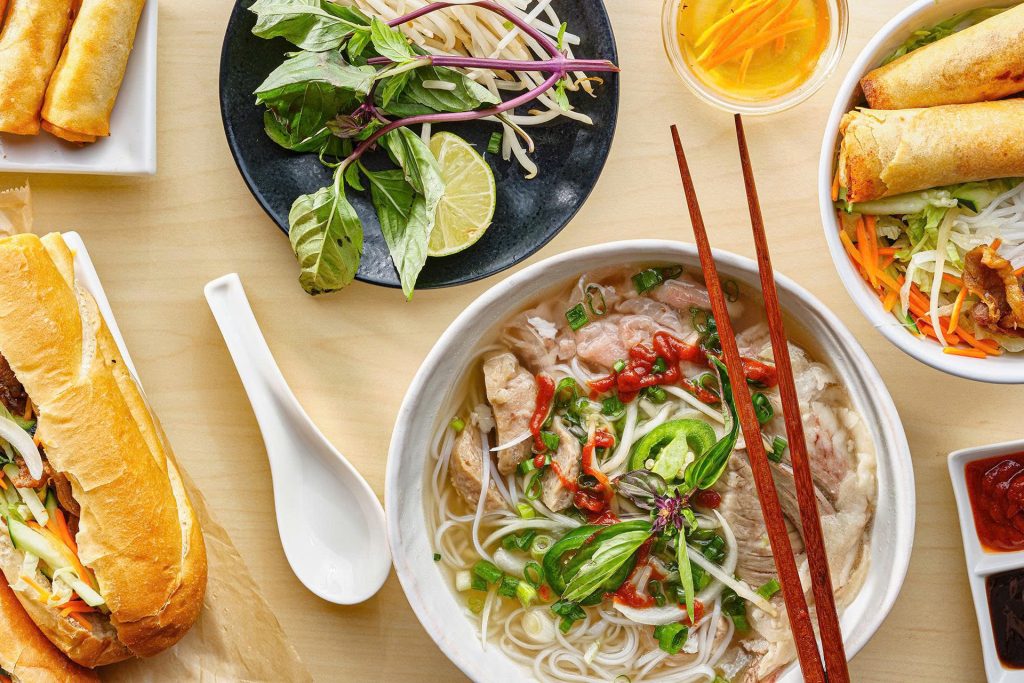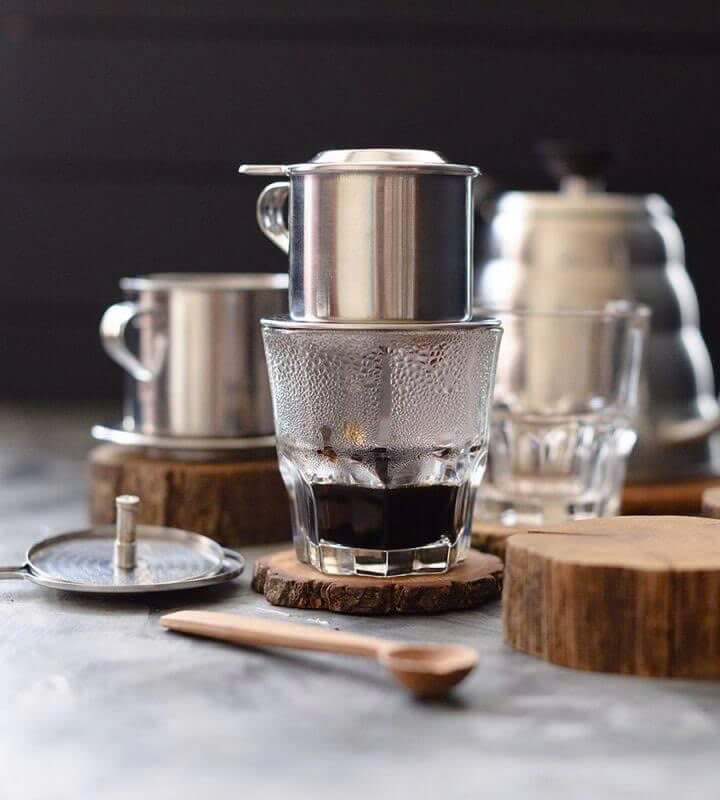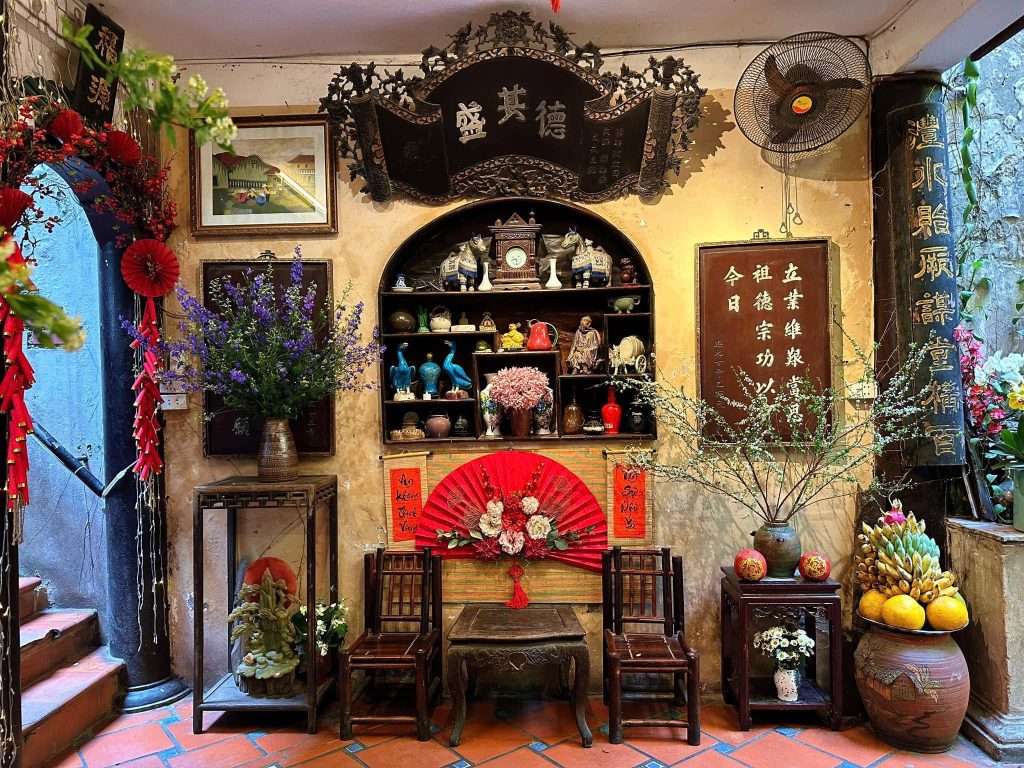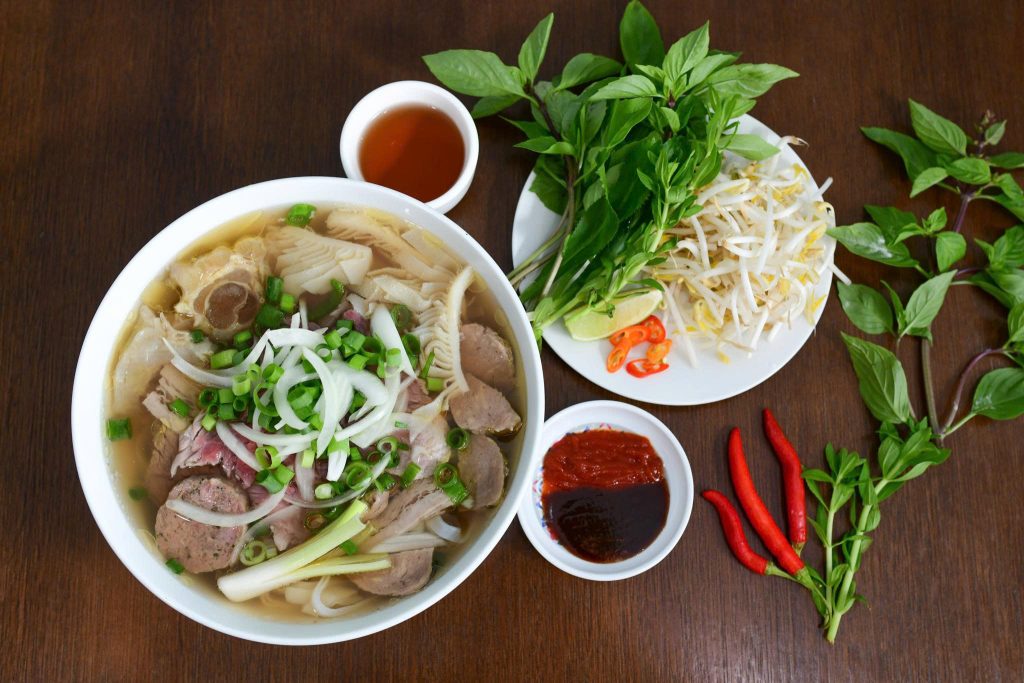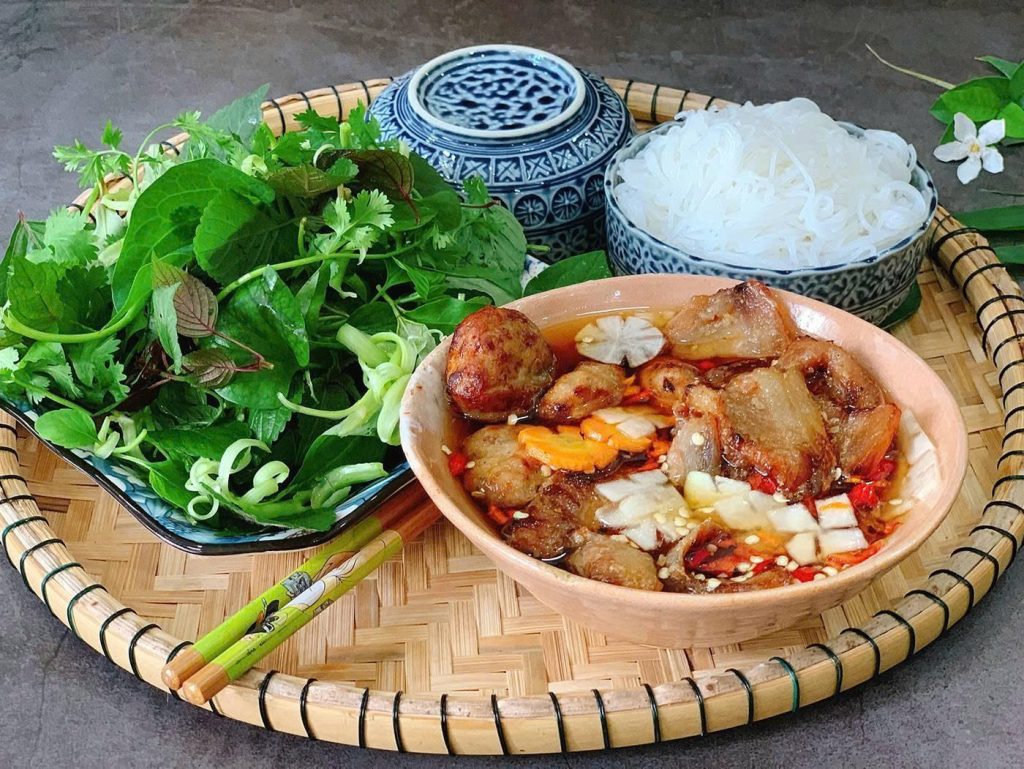Pho represents much more than a noodle dish; it is a Vietnamese culinary masterpiece and a deeply ingrained cultural institution. For first-timers, approaching a bowl of pho can seem daunting, but mastering the art of eating it will unlock a world of flavor. This guide will walk you through the essential steps and etiquette to enjoy pho like a local.
Before you even pick up your chopsticks, it’s important to understand the components of this iconic dish. A standard bowl of pho consists of:
1. The Broth (Nước Dùng)
The soul of the dish. A truly great nước dùng is a testament to the chef’s expertise. It’s a clear, light yet deeply savory liquid, simmered for hours—often overnight—with beef marrow bones, charred ginger, and onion. The signature fragrance comes from a blend of spices: star anise, cinnamon sticks, black cardamom, cloves, and fennel seeds. In Phở Nam, you might find the broth slightly sweeter, while in Phở Bắc, it is typically saltier and more savory.
2. The Noodles (Bánh Phở)
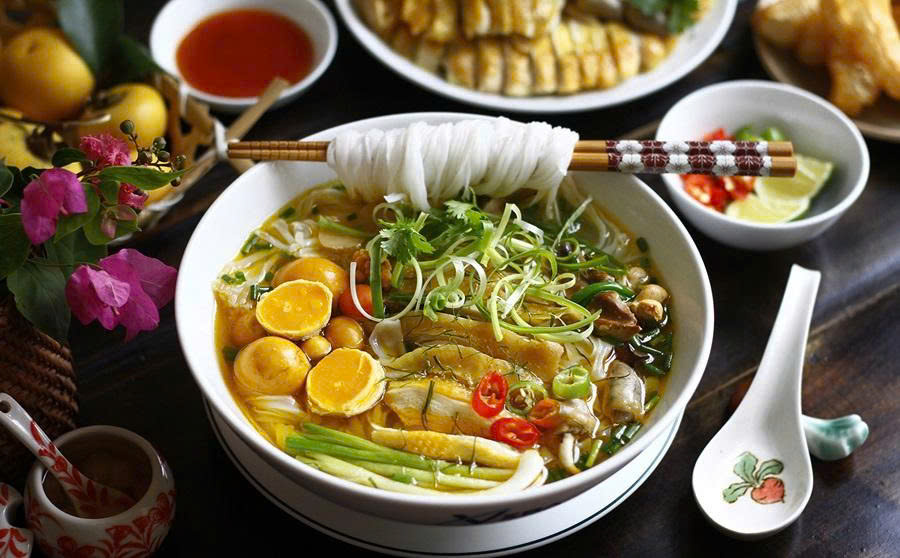
The noodles are flat, white rice noodles. They come in varying widths, and their texture is a perfect medium for soaking up the flavorful broth. They should have a tender texture but retain a slight firmness.
3. The Meat
The most common types are Phở Bò (beef pho) and Phở Gà (chicken pho). For Phở Bò, you’ll often have a choice of different cuts. Asking for specific cuts shows knowledge and appreciation.
- Tái: This rare beef is sliced thinly, cooking instantly upon contact with the hot broth.
- Chín: Well-done brisket.
- Gầu: Fatty brisket.
- Gân: Tendon.
- Sách: Tripe.
4. The Accompaniments (Garnishes & Sauces)
This marks the most interactive aspect of the pho experience. A side plate will be placed next to your bowl, overflowing with fresh herbs and vegetables, each playing a vital role in balancing the flavors.
- Herbs: Thai basil, culantro (ngò gai), and mint.
- Vegetables: Fresh bean sprouts, thinly sliced chilis, and a lime wedge.
- Sauces: A dark, sweet hoisin sauce and a red, spicy sriracha or chili sauce.
RELATED: Best Street Food in Hanoi
A Step-by-Step Guide to Eating Pho
Now that you’re familiar with the components, here is the proper ritual for enjoying pho like a Vietnamese local.
Step 1: The Scent Ritual
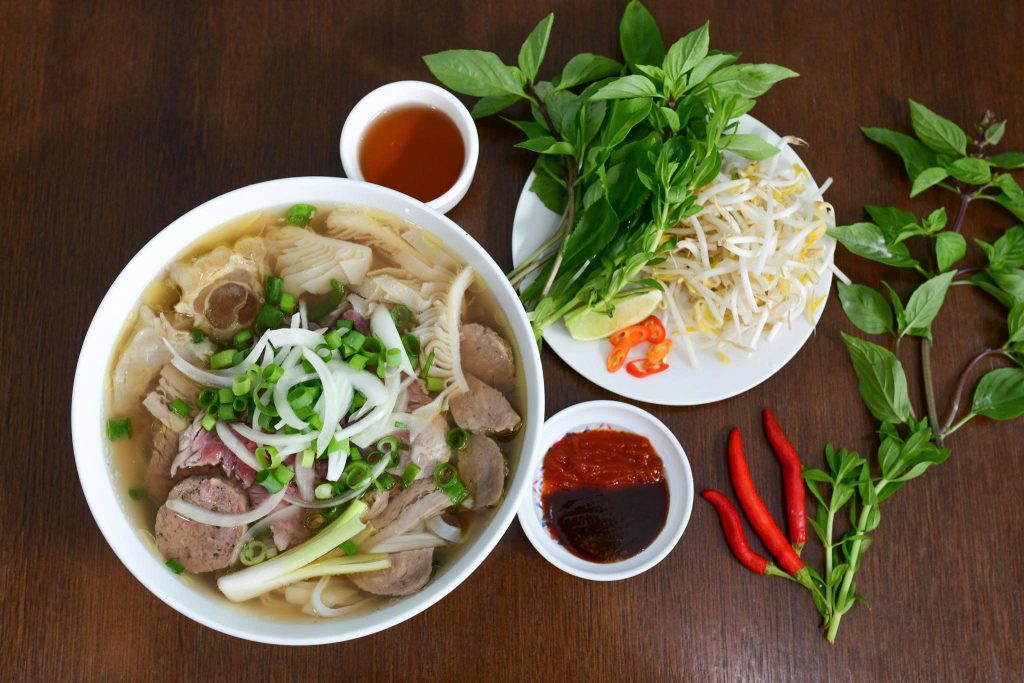
As your steaming bowl of pho is placed in front of you, don’t immediately grab your chopsticks. Instead, lean in and inhale. Let the fragrant steam fill your senses. The intricate aromas of the spices and simmering bones are the first part of the experience.
Step 2: The Sacred First Sip of Broth
Before you add a single herb or sauce, pick up your spoon and take a small sip of the broth. This is the most crucial step. A Vietnamese person can judge the quality of a pho restaurant by this single taste. Appreciate the pure, unadulterated flavor that the chef worked so hard to create.
Step 3: The Art of Garnishing
This is your chance to customize your bowl.
- Tear, Don’t Chop: Gently tear the Thai basil leaves and culantro into the bowl with your hands. This releases their natural oils and aroma more effectively than chopping.
- Add Your Crunch: Add a handful of bean sprouts. The heat from the broth will slightly cook them, making them tender yet still crunchy.
- Squeeze for Tang: Squeeze the lime wedge over the noodles. Start with a little, taste, and add more if needed.
- Spice to Taste: Add sliced chilis directly to your bowl. Be cautious; Vietnamese chilis can be very potent.
Step 4: The Sauce Dipping Plate
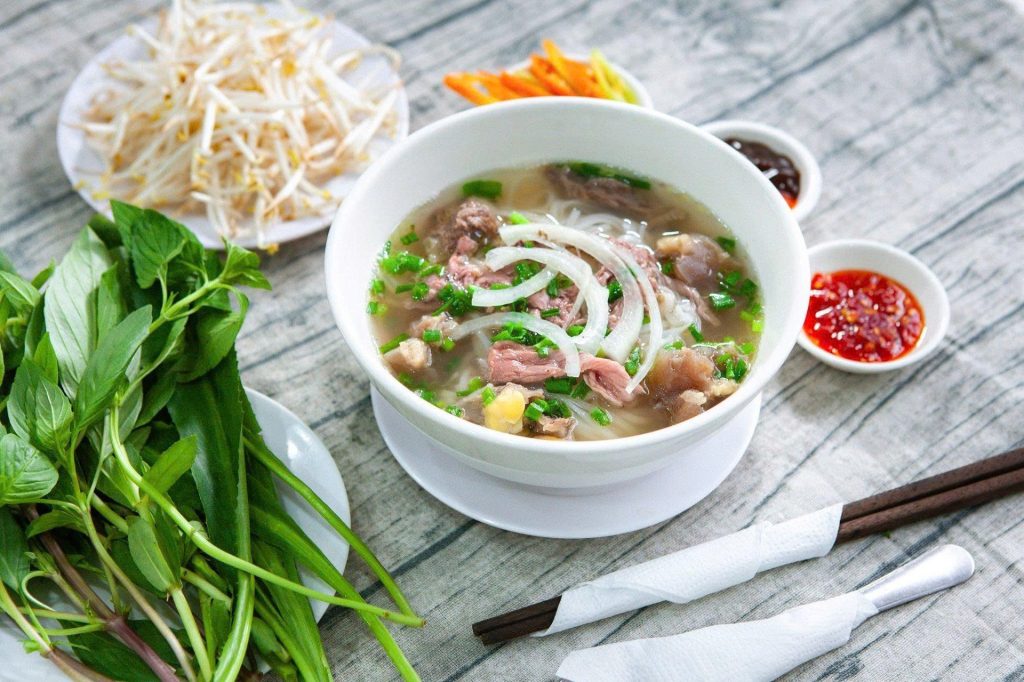
A common mistake is to mix the hoisin and sriracha sauces directly into the broth. Don’t do this. It has the potential to overpower the broth’s delicate and well-balanced flavor. Instead, pour a small amount of both sauces onto a separate dipping plate. This is your sauce station. Use your chopsticks to pick up slices of beef and dip them into the sauce before eating.
Step 5: Mastering the Chopsticks and Spoon
Using both a spoon and chopsticks is key. The chopsticks are for picking up the noodles and the meat. It is not considered rude to slurp your noodles in Vietnam; in fact, it’s often a sign that you are enjoying the meal! Use your spoon to scoop up the flavorful broth. Alternate between slurping the noodles and sipping the broth, creating a perfect harmony in every mouthful.
Step 6: Finish the Bowl
In Vietnamese dining culture, finishing your entire meal—including the last drops of broth—is a sign of respect and appreciation for the cook and the food. It shows that you have truly savored every last bite.
A Note on Regional Differences: Phở Bắc vs. Phở Nam
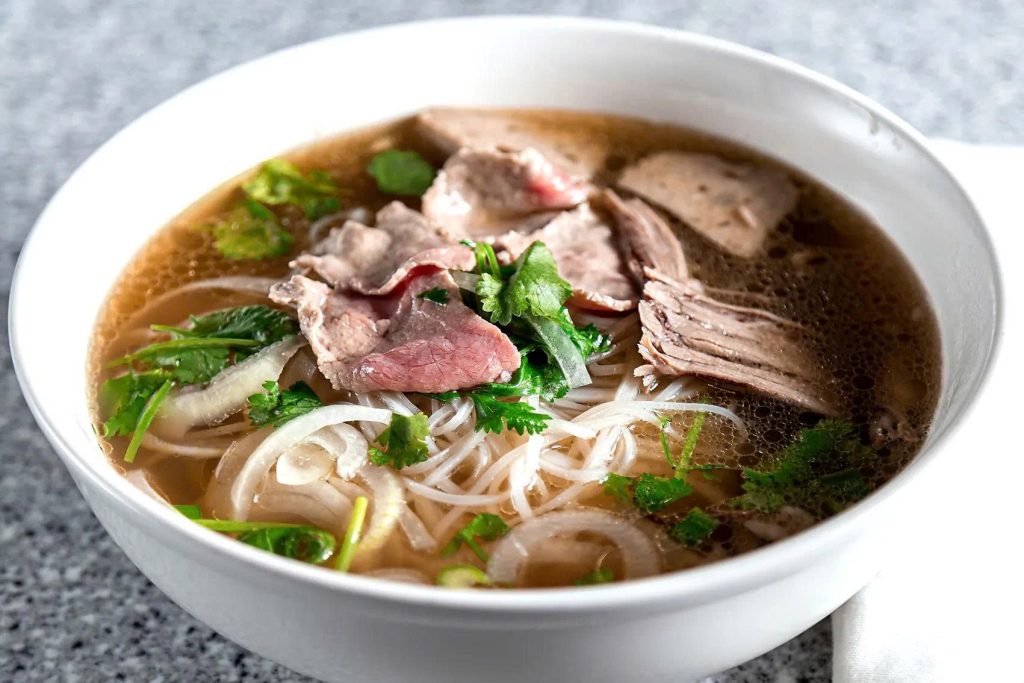
- Phở Bắc (Northern Style):
- Broth: Clear, savory, and less sweet. The focus is on the pure flavor of the simmered bones.
- Garnishes: Typically minimal. You might only get a few green onions, cilantro, and chili sauce.
- Noodles: Thicker, wider noodles.
- Phở Nam (Southern Style):
- Broth: Richer, sweeter, and more complex. It often contains more spices.
- Garnishes: More generous, with a full plate of herbs, bean sprouts, and lime.
- Noodles: Thinner noodles.
- Extra Meats: Often includes meatballs (bò viên) or chicken.
RELATED: Best Pho in Hanoi’s Old Quarter: Ultimate Guide
Must-Know Pho Etiquette
- Don’t Ask for a Fork: While many tourist-friendly places offer forks, learning to use chopsticks shows respect for the culture.
- Slurping is Okay: In many Western cultures, slurping is considered impolite. However, in Vietnam, it’s a sign that you are enjoying the food.
- Leave the Bowls Empty: Finishing your entire bowl, including the broth, is a sign that you truly appreciated the meal.
- Tipping: While not mandatory, a small tip is appreciated, especially at sit-down restaurants.
RELATED: Where to Eat Pho in Ho Chi Minh City: Saigon’s Iconic Bowl
Eating pho is a simple pleasure, but it’s one that connects you to a nation’s soul. By following these steps, you’ll not only enjoy a delicious meal but also participate in a timeless cultural tradition. So next time you’re faced with that fragrant bowl, remember to savor the aroma, taste the broth, and dive in with confidence. You’re now ready to eat pho like a true Vietnamese.

